With a landmass only a little bigger than the state of West Virginia, Sri Lanka is a tiny island with a big reputation. The allure of Sri Lanka’s ambrosial spices and dazzling natural beauty has captivated an international melange of visitors for over two thousand years. Its otherworldly landscape has been globally popularized and subsequently eulogized in both ancient and modern literature by Indian settlers, Arab traders, European Imperialists, and intrepid explorers such as Marco Polo.
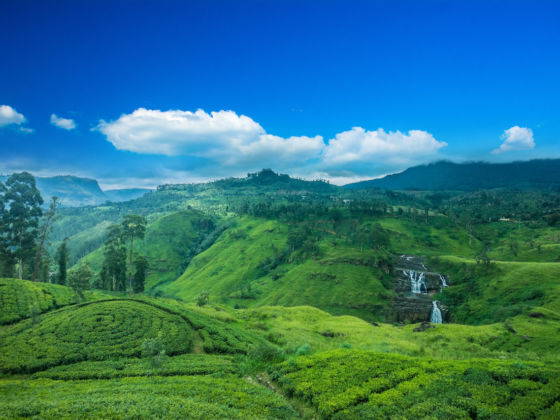
10 Unmissable Experiences That Will Put Sri Lanka Firmly on Your Bucket List
Sri Lanka’s reputation, however, took a nosedive when it spiraled into a state of civil war in 1983, a conflict that lasted nearly 30 years and brought tourism to a standstill. 2019 marks a decade since the end of the war, and although Sri Lanka is still playing catch-up with post-war development, it is more than ready for travelers. Tourists often refer to this island as “India light,” but while it shares some cultural similarities with its larger neighbor, Sri Lanka has its own unique character and is able to deliver the kind of intoxicating adventure that has earned it numerous accolades. Here’s why Sri Lanka should be firmly on your bucket list.
1. Walk in the footsteps of ancient kings at the Cultural Triangle.
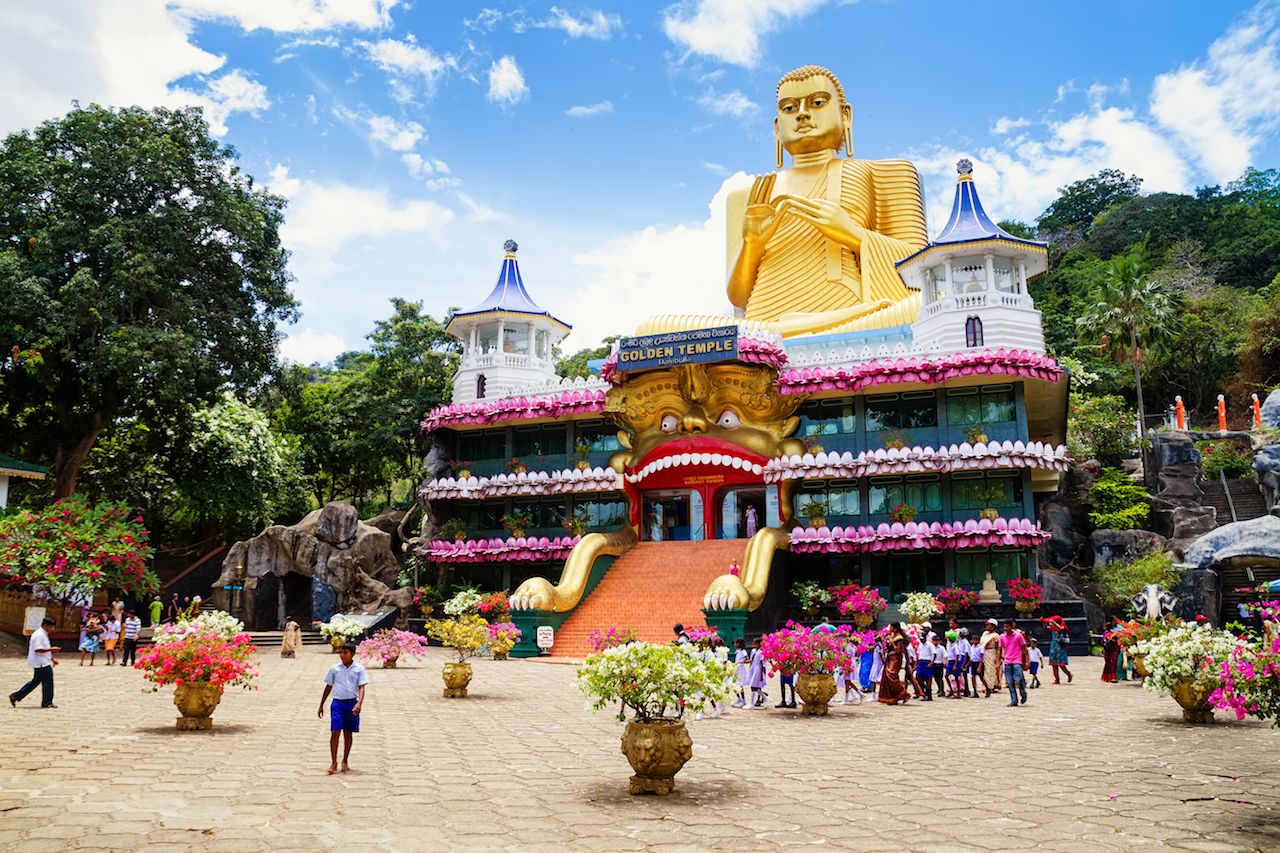
Photo: Milosz Maslanka/Shutterstock
Rising up out of the arid plains of Sri Lanka’s north central province like something from an Indiana Jones movie are the ancient cities that form Sri Lanka’s Cultural Triangle. Here, in between elephant corridors and sun-bleached hinterlands, are 2,000-year-old ruins that reflect the magnificence and grandeur of Sri Lanka’s earliest civilizations.
Aside from the impressive ancient architecture, one of the most fascinating features of this area is the tanks, elaborate man-made waterways now riddled with crocodiles that were once used to bring fresh water to the ancient Kingdoms. These days the tanks quench the thirst of an abundant range of aquatic birds and other wildlife, making the Cultural Triangle one of the most biodiverse and fertile areas on the island. Exploring this area could include anything from cycling through fifth-century temple complexes to climbing to the top of a giant set of lions paws that guard a palace carved into a rock to unraveling the stories of frescoes painted into rock caves. You can even take a hot air balloon or seaplane over the Cultural Triangle to get an aerial perspective of the UNESCO palaces that were once built up into the sky as if reaching towards the heavens.
2. Take a ride on the tea train.

Photo: Melinda Nagy/Shutterstock
One of Sri Lanka’s most Instagramable journeys, the train ride between Kandy and Ella has been a firm favorite for visitors in the last few years. Jump on the train at Kandy and watch as palm trees and tropical foliage give way to misty mountains topped with tea plantations. Sri Lanka’s locomotives haven’t changed much since their introduction in the 19th century, so you’ll get a fairly accurate representation of what the early years of British colonization might have been like for the tea planters who made their fortunes out here.
The long journey is broken up with entertainment from the occasional knife-eater or snake-tamer. Snacks of fresh vadai and spiced fruit are sold by wandering train merchants. Booking a seat is essential unless you want to stand for six hours straight. If you do find yourself standing, then hanging half out of the door is the best compromise to beat the heat and appreciate the scenery without a seat.
3. Head out to the deep to spot blue whales and dolphins.
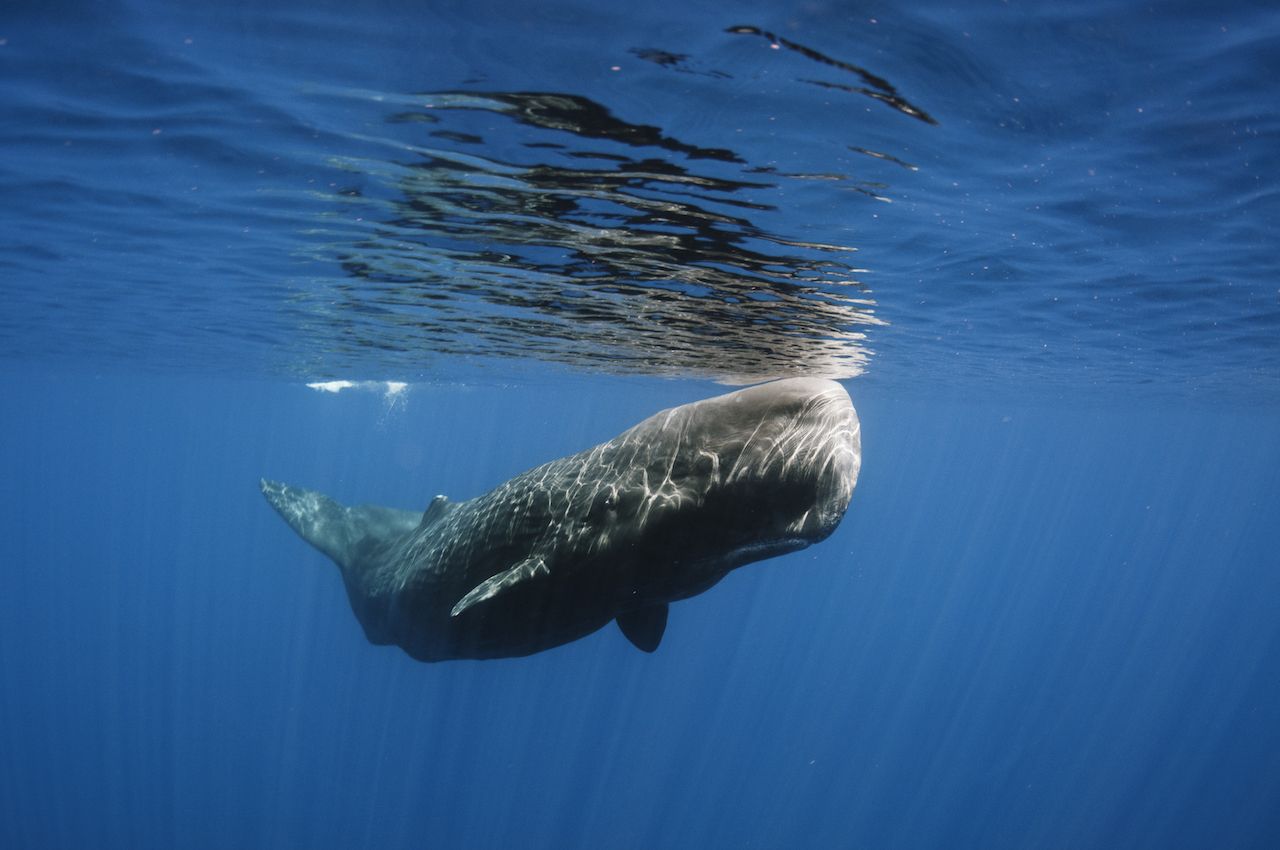
Photo: Shane Gross/Shutterstock
Sri Lanka’s continental shelf sits mere kilometers away from the shore at three points on the island: Mirissa in the South, Kalpitiya in the West, and Trincomalee in the North East. For those of us without a degree in Oceanology, what that means is that the point at which the ocean floor drops off into the super-deep ocean (1,000 kilometers or more) is unusually close to the land. The benefit of this is that some of the creatures from the ocean’s depths can be found quite close to shore.
Sri Lanka is increasingly well known for its blue whales, and there are many whale species in the area such as Bryde’s whale, sperm whale, and even orca. During the peak season (winter-spring in Mirissa and summer in Trincomalee) there’s around a 90 percent chance that you’ll experience a whale sighting. In addition to this, you may catch appearances from dolphins and bobbing marine turtles, though in recent years these marine mammals have been the victim of increasing levels of plastic pollution. Plastic straws, especially, tend to end up in the noses of sea turtles and plastic bags in the stomachs of whales — so always be a responsible, eco-conscious traveler.
4. Tap into Sri Lanka’s spirituality.

Photo: TRphotos/Shutterstock
Sri Lanka’s links to meditation, ancient holistic healing practices, and yoga go back thousands of years to the ancient civilizations of Buddhist and Hindu kings who settled here around 300 BC. There are numerous opportunities to tap into the spirituality of the island, whether it’s by joining a 10-day silent Vipassana course, studying meditation at a Buddhist Monastery, or visiting one of the yoga studios that have been popping up all over Sri Lanka’s south coast. The country’s two main religions, Buddhism and Hinduism, have uniquely fascinating spiritual practices, and it is worth visiting both Hindu Kovils and Buddhist temples to get a broader understanding of the religious culture on the island.
5. Hike the tea trails.
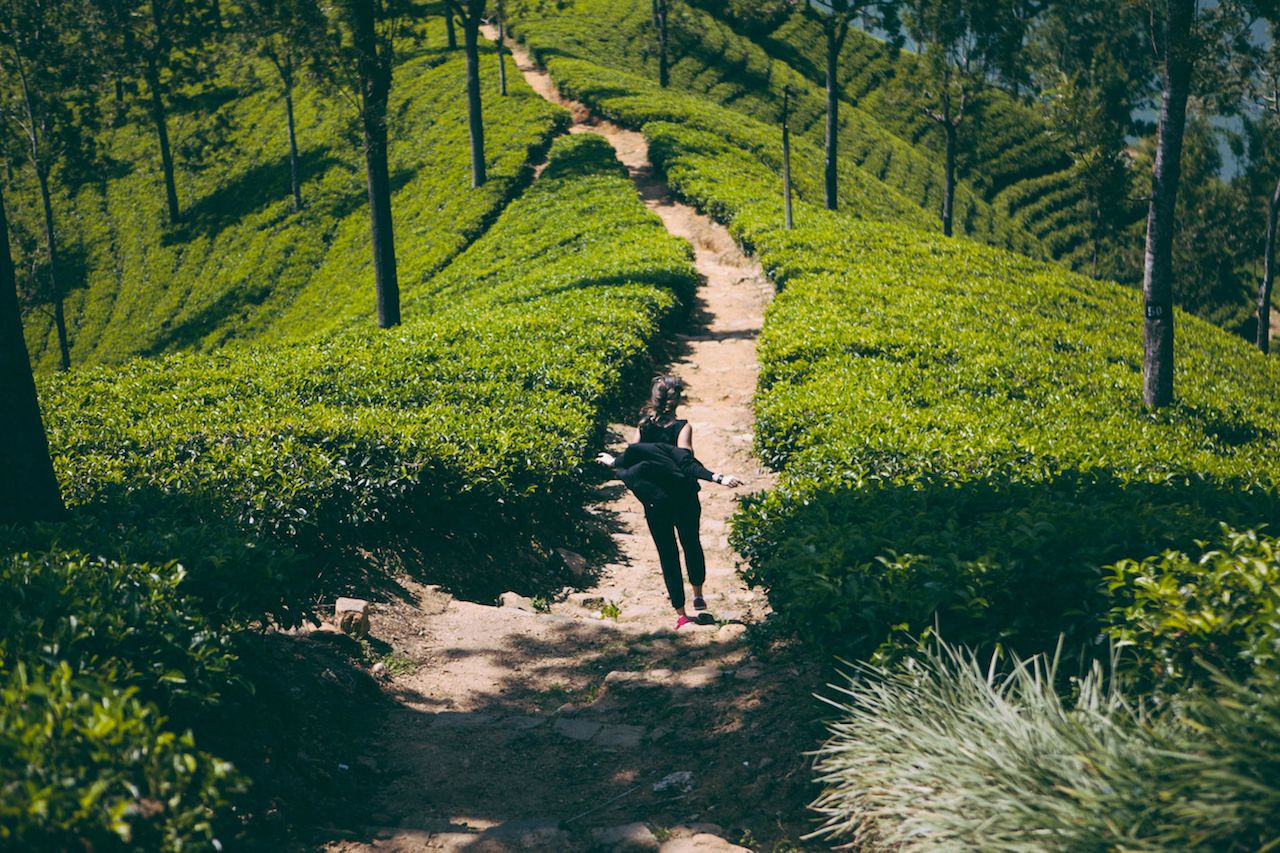
Photo: your story by Mikhailova/Shutterstock
The maze of tiny dirt footpaths that weave through the tea fields of Sri Lanka’s central highlands could, in theory, allow you to walk right across the region without ever having to use the main road. Plans are underway on the island to create an official walking trail between key destinations in the tea country, but until that happens, the easiest and most accessible walks are within popular destinations in the region such as Ella, Hatton, Haputale and Nuwara Eliya. Although many travelers have noted this one of the more visually inspiring sights in Sri Lanka, it’s important to understand that traditional tea pluckers working on the tea plantations represent the most marginalized and underpaid communities on the island. Their unsung story is woven into the fabric of Sri Lanka’s colonial history, a sad and dark tale of slavery and oppression.
6. Surf the swell.

Photo: Soloviova Liudmyla/Shutterstock
Sri Lanka is blessed with the kind of swell that even the 30-year war couldn’t deter surfers from coming for. Back in the days of the Tamil Tigers, the surf town of Arugam Bay — right on the fringes of the war zone — was home to one of the most daring surfer communities on the island. These days, the threat is less imminent, and therefore it’s unlikely that you’ll get a main surf point to yourself, but an excellent surfing infrastructure has been developed to meet the high demand. Surf camps and surfer cafes line the main streets of Weligama, Hikkaduwa, Ahangama, and Arugam Bay, four of the most popular surf points on the island. It’s easy to rent boards, cheap to get lessons from a surf instructor, and the excellent climate and warm ocean make for a perfect day spent on the water — just don’t forget your zinc sunscreen.
7. Snorkel with sharks.
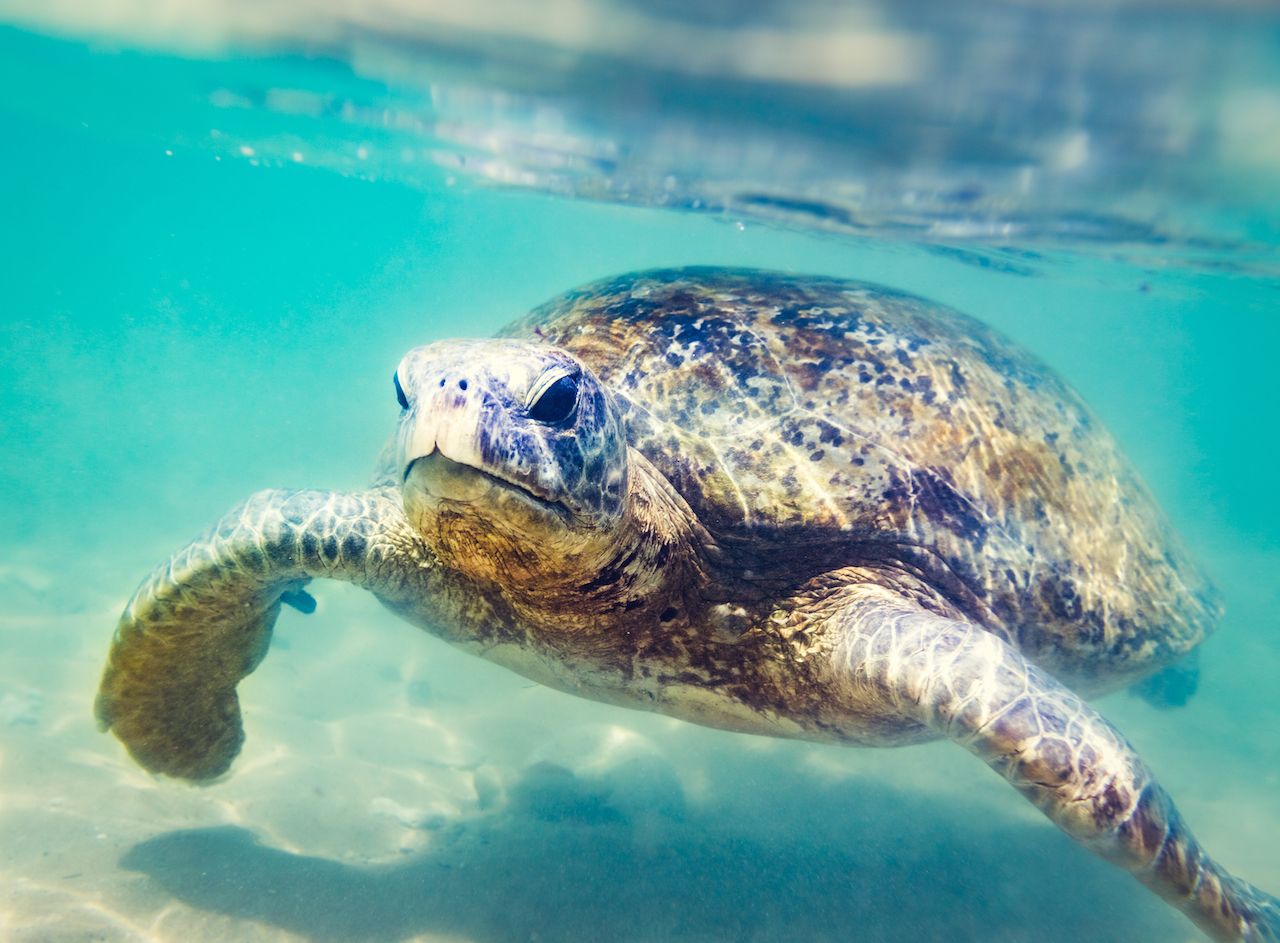
Photo: Khoroshunova Olga/Shutterstock
Pigeon Island, just a short boat ride away from the town of Trincomalee on the northeast coast, is one of Sri Lanka’s best snorkeling and diving locations. One of Sri Lanka’s two marine national parks, Pigeon Island is home to coral reefs abundant with marine life and also boasts a healthy population of blacktip reef sharks. These non-aggressive sharks are a common sighting on the island, and the best way to see them is wade out into the shallows armed with nothing but a snorkel, mask, and flippers as they tend to be scared off by the bubbles of scuba divers.
Reef sharks can grow up to around 1.6 meters (roughly five feet) in length, so you can expect them to be roughly the same size as you, but their small mouths and moderate appetite makes them harmless to humans. If all of that sounds a bit much, there are plenty of places to snorkel in Sri Lanka with no sharks at all — and plenty of other interesting marine life to look at, including turtles, moray eels, lionfish, parrot fish, and colorful coral.
8. Track elephants and leopards in Sri Lanka’s national parks.

Photo: DarAnna/Shutterstock
There are numerous opportunities to see elephants in Sri Lanka. You’ll find them in the back of temples, dressed up in processions, front lining at religious festivals, being walked along the streets, and hired out for rides in tourist-trap elephant “orphanages.” As a responsible traveler, however, the best practice is to see them in the wild. Minneriya and Uda Walawe national parks offer almost guaranteed sightings of large herds of elephants enjoying themselves in their natural habitat.
Leopards, on the other hand, are much more elusive. You’re unlikely to see them anywhere but Sri Lanka’s two biggest national parks, Yala and Wilpattu. But no matter how hard to find they are, you’re more likely to see them here than in any other part of the world. Sri Lanka boasts the highest density of leopards on the planet, but these beautiful endangered animals are on the brink of extinction. Therefore, to go leopard spotting, you’ll want to get yourself equipped with a good guide who knows how to track leopards in the most sustainable way possible. Poor safari practices have lead to accidental leopard hit-and-run killings in recent years, so if you catch your safari jeep driver speeding in the national parks, be sure to speak out. If it’s within your budget to camp overnight with one of the tour providers set up on the park buffer zones, you’ll have the best chance of seeing leopards and get an amazing insight into their world.
9. Enter a colonial time capsule.

Photo: joyfull/Shutterstock
Colonial tourism is not without controversy, but whether or not you agree with it on a moral level, Sri Lanka offers plenty of opportunities to get a hint of what the “days of the Raj” might have felt like. Renovated tea planter’s bungalows and even traditional British stiff-upper-lip service in certain older establishments and hotels offer well-preserved relics of imperialism. Probably one of the best-kept artifacts of the colonial era is the UNESCO Galle Dutch Fort, which is currently inhabited by a community of predominantly Muslim descendants of Arab traders who keep the Fort tidy, quiet, and reverent.
Within the old stone walls, you’ll find a maze of winding cobbled streets, 16th-century churches draped in bougainvillea, and leafy restaurant courtyards where some of the best food on the island is served. The colonial landmarks within the Fort include a clock tower dating back to 1883, a belfry built in 1707, and a British lighthouse constructed in 1939. The ramparts — which withstood not only a few hundred years of colonial occupation but also the 2004 tsunami — are lined with bastions that have uniquely colonial names, such as Zwart Bastion and Point Utrecht Bastion, linking them to the Dutch part of their history.
10. Fall in love with Asia’s most unsung cuisine.

Photo: FKavinda/Shutterstock
Sri Lankan cooking is one of the most delicious and underrated cuisines in Asia. As a major trade hub for thousands of years, the island has influences and ingredients from all over the world. Rice and curry is the staple although the name does nothing to describe the veritable feast that is included within this dish. There are tons of different types of curries with main ingredients like jackfruit, beetroot, green beans, and mango. The ingredients are typically sauteed in ginger, garlic, lemongrass, and other curry spices and either tempered, caramelized, or deep fried before being boiled in coconut milk.
These delicious curries are then served with pickles, salads, sambals, poppadoms, and an often alarmingly large pile of rice. And of course, being a tropical island surrounded by water, Sri Lanka also has an impressive offering of seafood. Expect everything from lobster to giant, hand-sized prawns along with Sri Lankan staples like red snapper, squid, and fresh tuna.